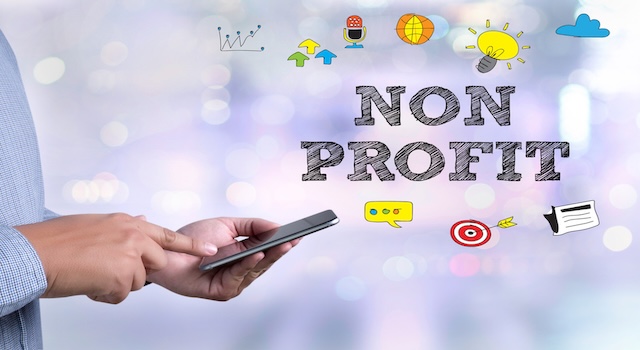Nonprofit Management
Membership vs Mission-Driven Nonprofits: Choosing the Right Software for Dual Revenue Models

Nonprofits often operate with dual revenue streams — one driven by membership dues, the other by mission-based donations and grants. Each model brings unique financial, engagement, and reporting needs. Choosing the right software helps organizations unite both under one ecosystem, eliminating data silos and maximizing impact.
Membership-based vs mission-driven nonprofits
While both share a commitment to public good, their operational structures differ. Membership nonprofits (like associations or professional societies) rely on recurring dues and member benefits. Mission-driven nonprofits (like charities and foundations) rely on donor contributions, grants, and program funding. Increasingly, organizations are combining both models to diversify revenue and build community engagement.
- Membership nonprofits: Focus on retention, renewals, and benefit tracking.
- Mission-driven nonprofits: Focus on fundraising campaigns, grant management, and donor engagement.
- Hybrid models: Offer memberships for recurring revenue while maintaining mission-oriented fundraising.
Challenges of managing dual nonprofit models
- Disparate systems: Many nonprofits use separate tools for memberships, donations, and accounting.
- Duplicate data: Contact records often exist in multiple databases, causing reporting inconsistencies.
- Revenue complexity: Tracking dues vs donations in one chart of accounts requires robust accounting integration.
- Engagement tracking: Measuring both member participation and donor impact can be difficult without unified analytics.
Key software features for hybrid nonprofits
- Unified CRM: Centralize donor and member profiles for complete engagement histories.
- Automated renewals: Handle membership dues, recurring donations, and reminders seamlessly.
- Tiered benefits: Manage membership levels, event access, or premium content for paying members.
- Campaign management: Support mission-based fundraising alongside member drives.
- Integrated accounting: Automatically sync financial transactions to your general ledger.
Top nonprofit software platforms for hybrid organizations
- Neon One: Combines membership, donor management, and event registration tools.
- Wild Apricot: Ideal for associations and small nonprofits with integrated membership billing.
- Bloomerang: Focuses on donor engagement while supporting membership and recurring payments.
- Salesforce Nonprofit Cloud: Offers customizable modules for both donor relations and member engagement.
- MemberClicks: Association management software that now supports fundraising campaigns and CRM integration.
Benefits of unified nonprofit software
- 360° visibility: Track both member activity and donor interactions in a single dashboard.
- Data consistency: Eliminate duplicate records across departments.
- Improved retention: Use analytics to increase both membership renewals and donor lifetime value.
- Streamlined reporting: Generate combined financial statements for grants, dues, and donations.
- Enhanced engagement: Use personalized communications to appeal to both member and donor motivations.
Implementation roadmap
- Audit current systems: Identify where donor and member data overlap or conflict.
- Define integration goals: Decide whether to adopt an all-in-one platform or connect existing tools.
- Configure CRM workflows: Automate renewals, acknowledgments, and campaign tracking.
- Train staff: Ensure fundraisers and membership coordinators use shared dashboards effectively.
- Measure impact: Track KPIs across both engagement and revenue streams.
Key metrics to monitor
- Membership renewal rate: % of members retained year-over-year.
- Donor retention rate: % of repeat contributors.
- Revenue mix ratio: Percentage split between dues and donations.
- Engagement score: Combined member and donor activity levels across programs.
FAQs
What’s the difference between membership and mission-driven nonprofits? Membership nonprofits rely on dues and benefits, while mission-driven nonprofits focus on charitable fundraising and grants.
Can a nonprofit combine both models? Yes — many organizations now blend membership programs with mission-based campaigns to diversify revenue.
Which software supports both? Platforms like Neon One, Bloomerang, and Salesforce Nonprofit Cloud cater to hybrid nonprofits.
How does unified nonprofit software help? It centralizes donor and member management, improving retention, communication, and financial reporting.
Bottom line
As nonprofits evolve to balance mission and membership, unified software is essential. By integrating donor, member, and accounting systems, organizations can reduce complexity, improve transparency, and strengthen both community engagement and financial sustainability.






